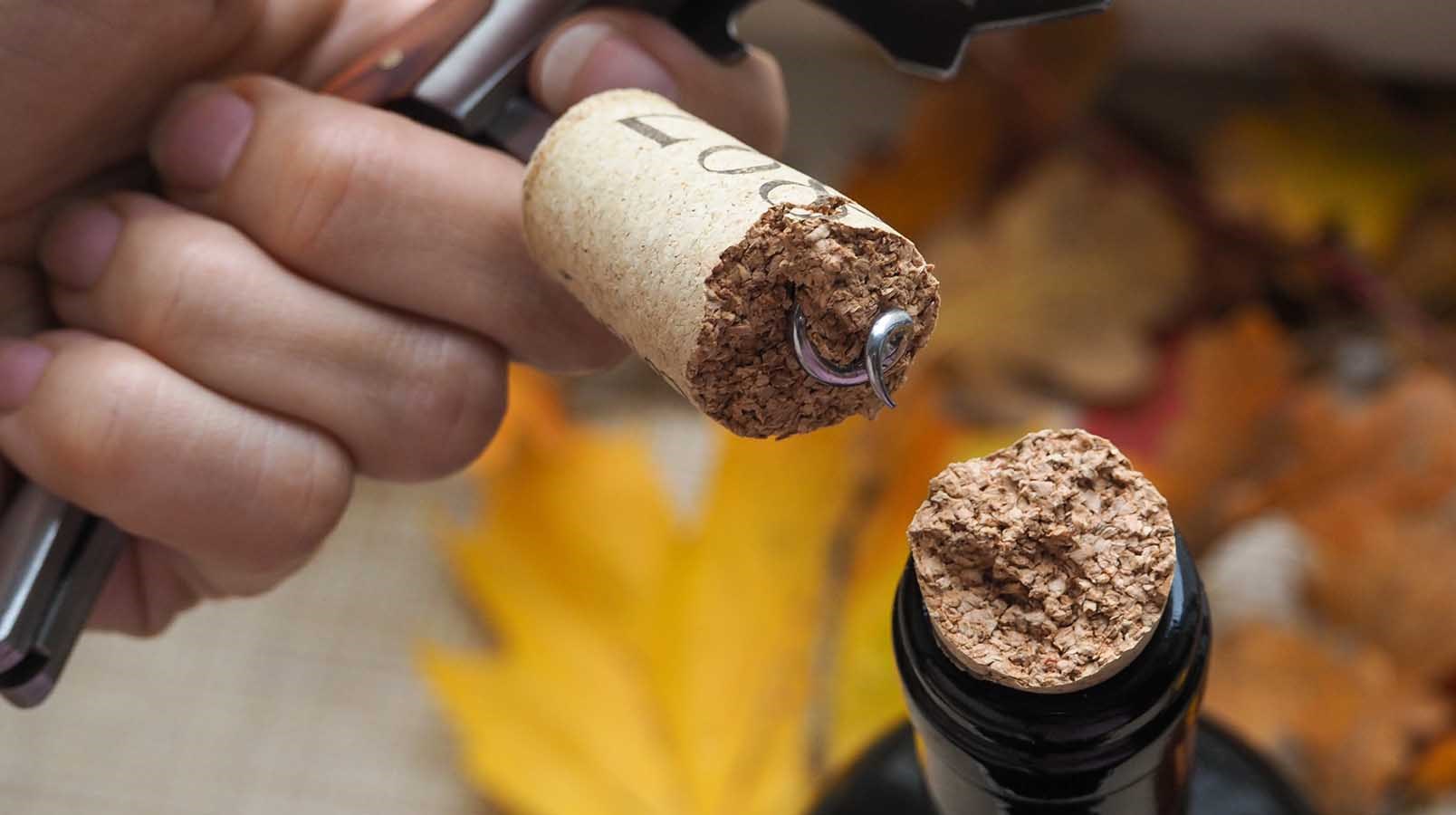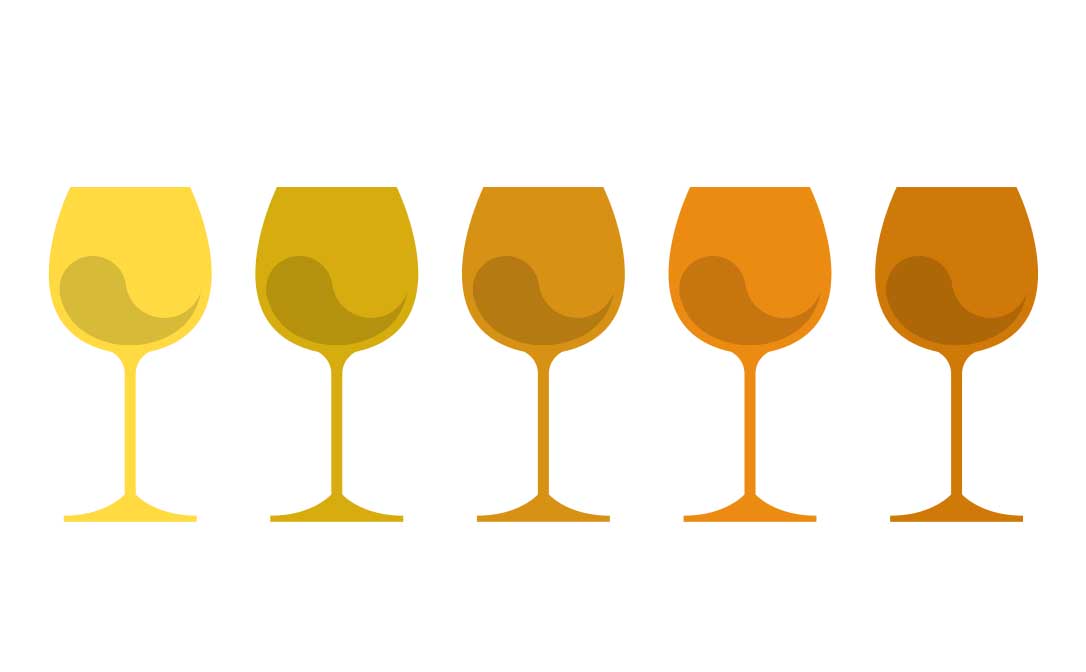We all enjoy tasting delicious wines, but what if they don’t taste quite right? It’s helpful to be able to spot wine faults and understand why they occur.
One of the most common wine faults is corked wine
Below we explain what this is, how to detect it and what to do if you think you have a corked wine. We’ve also rounded up some other common wine faults that you may come across…
What is corked wine?
What it is: A wine is typically described as ‘corked’ if it has been affected by cork taint. The chemical responsible is known as TCA (Trichloroanisole). It can give the affected wine unpleasant aromas and flavours and can dull its fruity characteristics. TCA can come from a range of sources but by far the most common is tainted cork.
What it isn’t: Corked does not mean pieces of cork floating in your wine or a disintegrated cork. It is not uncommon for corks, particularly in very old bottles of wine, to fall apart when a bottle is opened. This generally does not affect the aromas or flavours of the wine.
Top tip: If you do find cork pieces floating in your wine, use a coffee filter to strain these out. Use the filter over your wine glass or another container to decant the bottle. Make sure you use an unbleached filter to avoid affecting the flavour of the wine.
On the Level 2 Award in Wines, you'll learn about principal grape varieties, environmental influences on wine and important winemaking processes. To learn about how to take this course tap here.
How do you know if a wine is corked?
You can usually detect cork taint in a wine by aromas and flavours that are musty or reminiscent of damp cardboard. The pungency of these aromas and flavours can vary from barely noticeable to overpowering.
You may have heard someone say a wine is corked when you aren’t able to notice anything wrong at all. Don’t worry, some people are more sensitive to these ‘off’ characteristics than others.
What do you do if you think your wine is corked?
Most wine shops will happily exchange wines that are corked. If you have already poured your wine, we would recommend pouring it back into the bottle and returning as full a bottle as possible.
In a restaurant or bar it’s easier. In most you are encouraged to try the wine before it’s poured for the table or group. First give the wine glass a gentle swirl as this helps to release the aromas. Next, with your nose over the rim of the glass, sniff the wine. If a fault isn’t immediately apparent, you may also want to take a sip of the wine as another check.
Can you drink a corked wine?
Technically, yes. Tasting or drinking a corked wine won’t do you any actual harm, but it generally makes the wine taste unpleasant, sometimes to the point where it is undrinkable.
Don’t forget… there are other faults you might find in wine
Oxidation
This happens when wine is exposed to too much oxygen. This can be due to a faulty closure which has let air into the bottle or if an opened and partially-drunk bottle has been left for a number of days (read our blog The best ways to preserve wine after opening).
Depending on the level of oxygen exposure and length of time over which it takes place, the wine starts to take on a brown tinge, the wine’s fruity characteristics begin to fade and aromas and flavours of bruised apples, nuts and honey evolve.
Wines naturally undergo a slow oxidation over many years. Some styles of wines, for example many Sherries, are deliberately made in an oxidative style and will display many of these characteristics. However, when these characteristics are found in young wines that are meant to be fresh and fruity, for example Pinot Grigio and Sauvignon Blanc, it is usually seen as a fault.
Volatile acidity is a fault that can occur with oxidation. It involves the formation of acetic acid and other related compounds by certain bacteria in the presence of oxygen. Volatile acidity is undetectable at low levels, but at higher concentrations it can make wine smell like vinegar or nail polish.
Heat damage
Wines can be heat damaged during transportation or storage. If wine is left for prolonged periods of time in hot environments, for example in direct sunlight in a shop window, it can lose its fresh fruit characteristics and taste dull and stale.
Heat exposure can also cause a bottle of wine to expand in volume, forcing the cork out. The seal is then compromised, and the wine will become oxidised.
Brettanomyces
This spoilage yeast, commonly referred to as ‘brett’, can dull the fruitiness of wines and add aromas that range from medicinal to farmyard-like. Some people like these flavours, feeling it gives some complexity to the wine. Therefore, depending on the preferences of the drinker and the intensity of these flavours, it may not always be seen as a fault. It is more commonly found in red wines than whites or rosés.
Reduction
This fault occurs when wine is exposed to too little oxygen and is caused by the presence of various volatile sulphur compounds.
At low levels the aromas may be described as smoky and be reminiscent of struck matches. Many people find these aromas pleasant, and unless they overpower the wine, it is typically not seen as a fault. At higher levels, the aromas can range from rotten eggs to dirty drains and the wine is clearly faulty!
Several factors can contribute to reduction. It often occurs if wine is exposed to too little oxygen during winemaking or when it is bottled. It is, therefore, most common to detect this fault when the wine has just been opened.
Thankfully, with exposure to air, the unpleasant aromas start to dissipate, and techniques that increase aeration, such as decanting, can help to rectify this fault.
Whether you are in a restaurant or bought your wine from a shop, don’t suffer in silence. If you think your wine doesn’t taste right then you can and should return it for an exchange.
If you have been inspired to learn more about wine, don't forget WSET qualifications are available online. To find out more about WSET’s Online Classroom, and for a taster of what to expect, click here.
Written by Victoria Burt MW DipWSET, Head of Product Development – Wines Qualifications, WSET
Related content:




